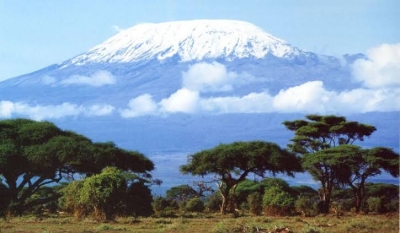
If you have travelled up a mountain you might already know that the weather at its base is very different from its top. While the weather may be pleasant and mild at its base, it can turn fiercely windy and cold as you move towards the summit. For example Mt. Kilimanjaro in Africa, which is 5,895 m high, has five distinct climate zones, starting from warm at the base to freezing cold at the summit! To know the reason for this change, we need to understand the concept of atmospheric pressure.
Atmospheric pressure is defined as the force per unit area exerted on a surface by the weight of air above that surface. Since there is more air at sea level, there is more force exerted and therefore greater pressure, but the higher up we go, the air thins out and the atmospheric pressure becomes less. This scarcity of air leads to lesser absorption of heat and therefore it becomes colder as we go higher up.
Another factor that contributes to the harsh weather higher up on a mountain is the wind. Lesser air means lesser friction and therefore more wind. At higher altitudes it is very windy and an exposed person would not last long. It stands to reason that one would be well advised to cover up snugly if planning a trip up a mountain. If the cold doesn’t get you, the wind certainly will!
Picture Credit : Google




